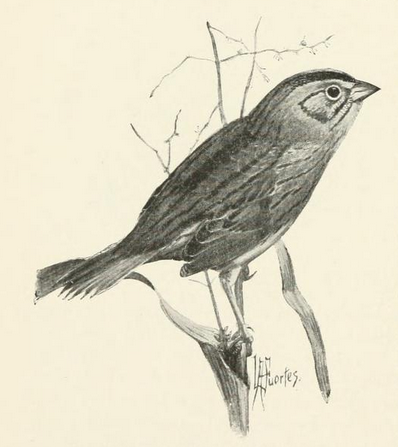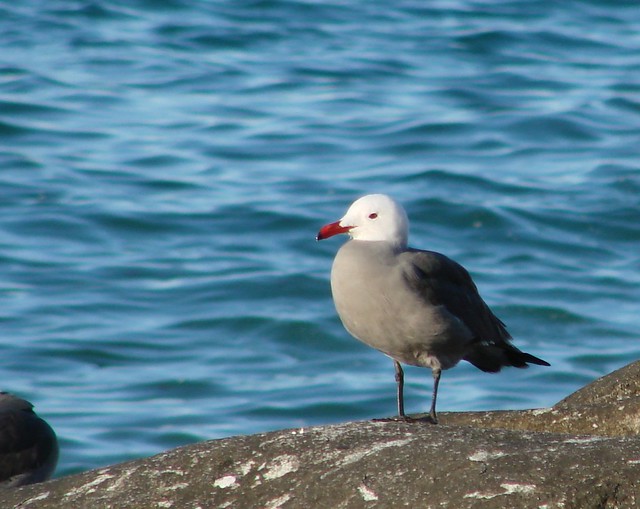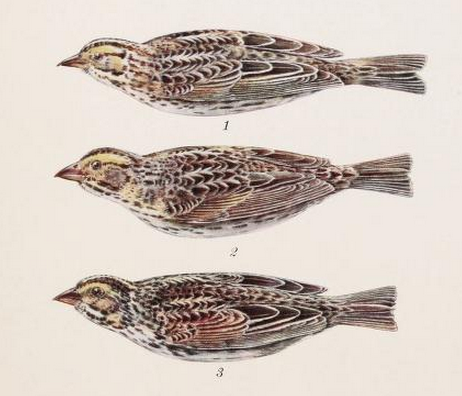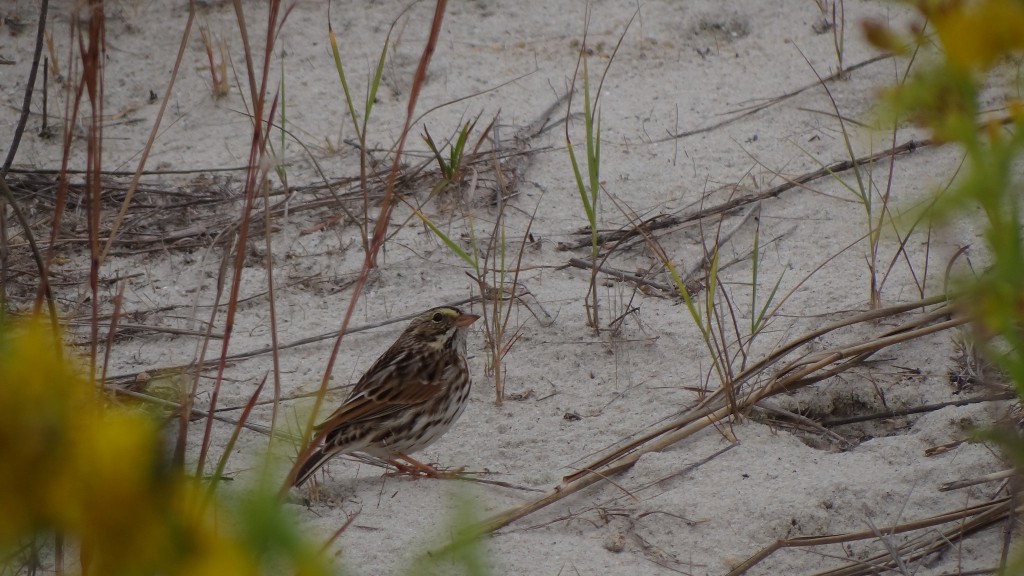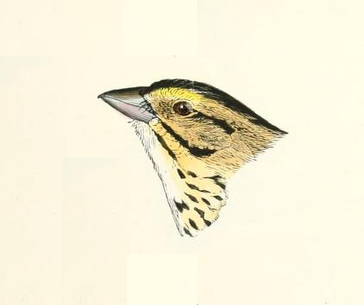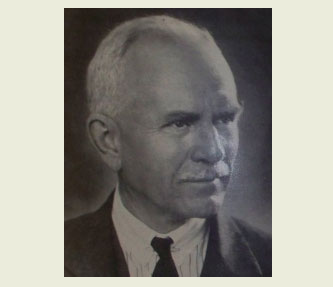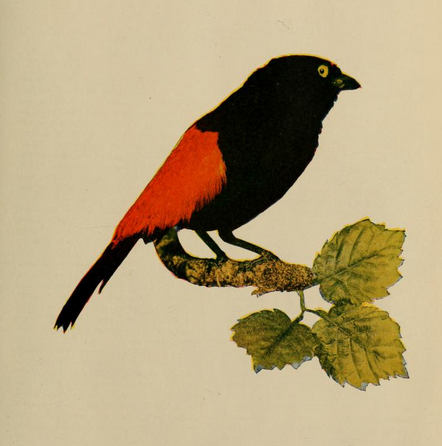On October 23, 1896, Frank L. Burns “secured” the first Henslow’s sparrow he had ever encountered in his home state of Pennsylvania.
Burns didn’t shoot it. He didn’t net it or trap it. He didn’t even pick it up from under a plate glass window.
A large black and white cat was seen along the fence of a pasture field, with something in her mouth…. It proved to be an [adult Henslow’s sparrow] in excellent plumage, with the exception of the primaries and secondaries, which were scarcely three-fourths grown. This, together with its extreme fatness, rendered it an easy victim to tabby.
We know that Burns skinned the bird. The fate of the cat is less certain.

